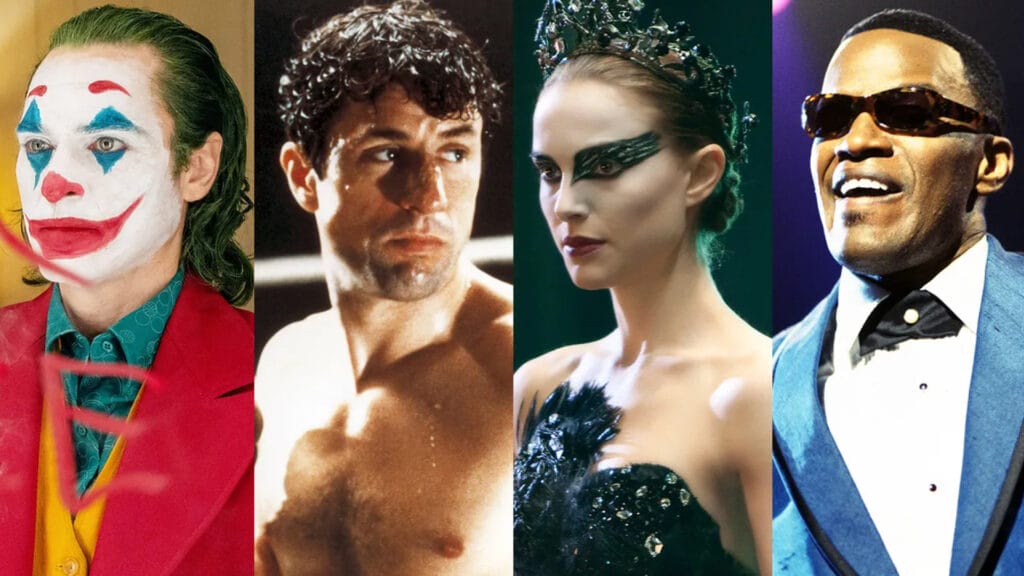Exploring Method Acting: Techniques and Controversies
We'll delve into the techniques and controversies surrounding method acting, shedding light on its principles, practices, and impact on the world of acting.

Method acting is a renowned approach to acting that emphasizes the immersion of actors into the lives and emotions of their characters. Developed by practitioners such as Constantin Stanislavski and popularized by actors like Marlon Brando and Meryl Streep, method acting has become synonymous with authenticity, emotional depth, and compelling performances.
Understanding the Method
At its core, method acting is about delving deep into a character’s psyche to understand their motivations, emotions, and experiences. Actors employing the method seek to create authentic and believable performances by drawing on their own feelings and life experiences to connect with their characters on a deeply personal level.
This often involves extensive research, introspection, and emotional exploration to uncover the truth of a character’s inner life.
Techniques of Method Acting
Method acting encompasses a range of techniques and exercises designed to help actors embody their characters fully. These techniques may include sensory exercises, emotional memory work, improvisation, and physical transformation.
Actors may draw on their memories, experiences, and senses to evoke the emotions and sensations of their characters, allowing them to inhabit their roles with greater authenticity and depth.
Controversies Surrounding Method Acting
While method acting has produced many acclaimed performances, it has also been criticized and controversial. Some critics argue that the intense emotional immersion required by this acting method can be psychologically and emotionally taxing for actors, leading to burnout, emotional instability, and difficulty separating themselves from their characters.
Additionally, there have been concerns about the ethical implications of method acting, particularly in cases where actors engage in risky behaviors to “get into character.”
The Legacy of Method Acting
Despite its controversies, method acting has left an indelible mark on the world of acting, influencing generations of performers and shaping the way actors approach their craft. Method acting techniques have become standard practice in acting training programs and are widely used by actors in both theater and film.
Many of the greatest performances in cinematic history, from Brando’s portrayal of Stanley Kowalski in “A Streetcar Named Desire” to Daniel Day-Lewis’s portrayal of Abraham Lincoln in “Lincoln,” have been informed by the principles of method acting.
Finding a Balance
As with any approach to acting, finding a balance is key when practicing method acting. While immersing oneself in a character’s emotions and experiences can lead to powerful and compelling performances, it’s essential for actors to prioritize their own well-being and mental health.
This may involve setting boundaries, seeking support from mentors or therapists, and practicing self-care techniques to maintain a healthy balance between their professional and personal lives.
Conclusion:
Method acting remains a potent and influential approach to acting, offering actors a pathway to deeper emotional authenticity and connection with their characters. While its techniques and principles have produced many memorable performances, method acting is not without its controversies and challenges.
By understanding the techniques of method acting, considering its controversies, and finding a balance between immersion and self-care, actors can harness the power of method acting to create compelling and memorable performances while safeguarding their well-being and mental health.


